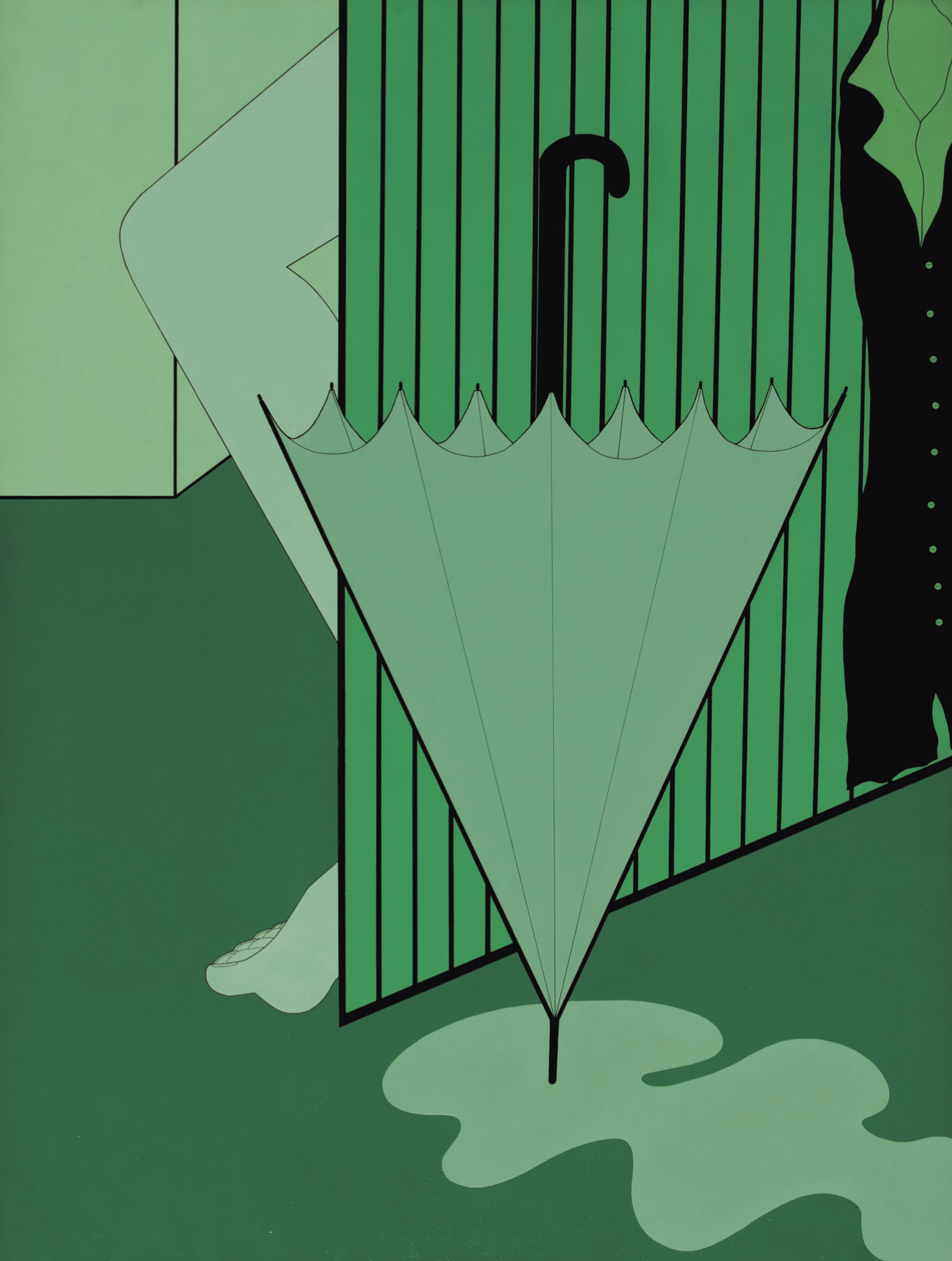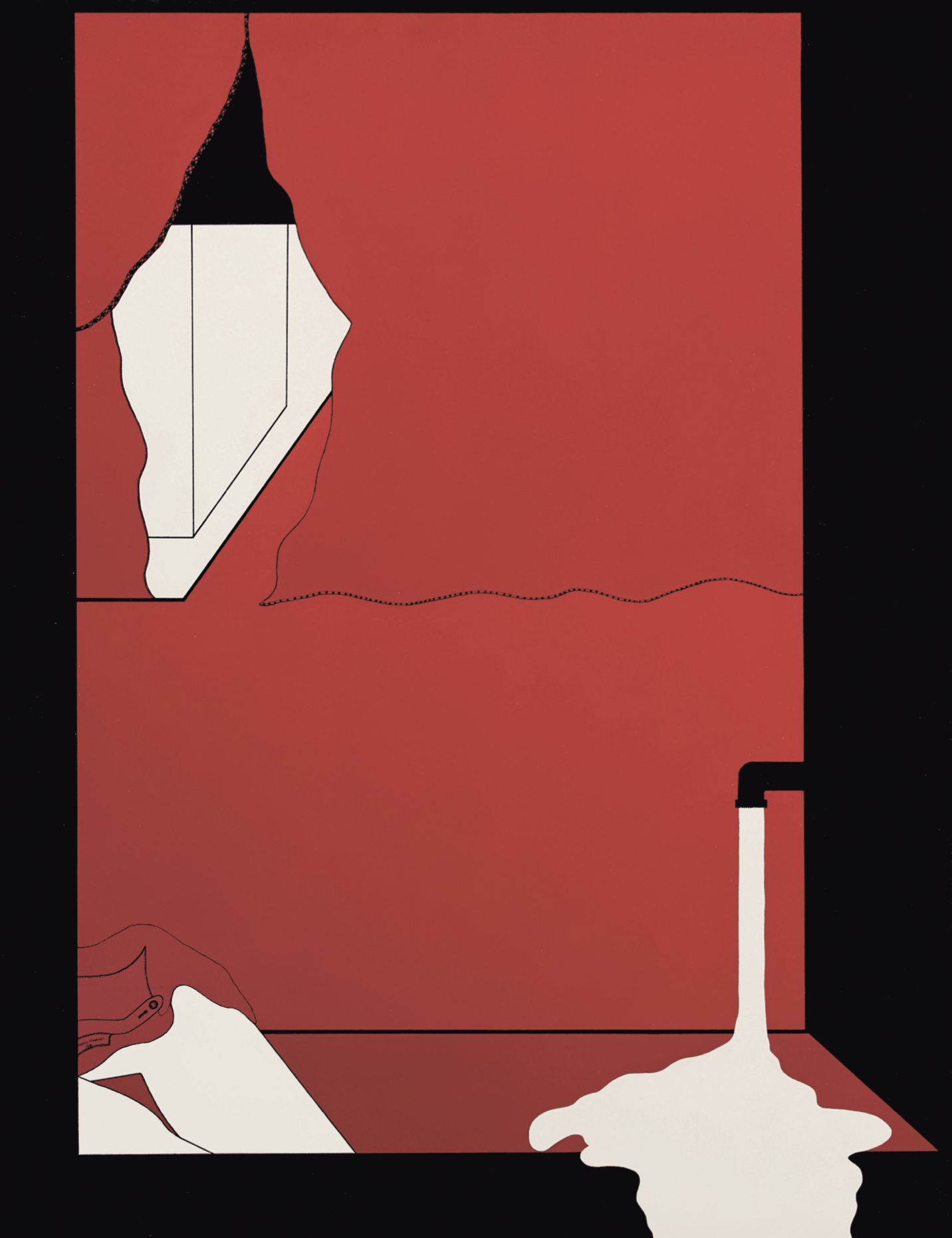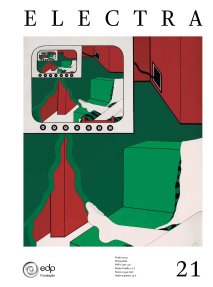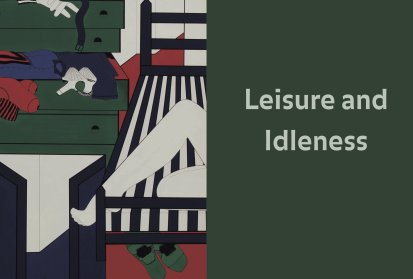Is there an architecture of idleness? Not just an architecture for the idle but an architecture producing, nurturing, preserving, and intensifying idleness? Or is idle architecture a contradiction in terms? After all, architecture is a putting‑to-work. It defines spaces for activity. Every defined space – and the definition can be as delicate as a dotted line, or a shift in color, light, texture, temperature, humidity, sound, or floor level – fosters activity, even if that action is relaxation, sleep, meditation, withdrawal, or escape. It is not simply a matter of choreographing actions by shaping, sequencing, and nesting spaces. The spacing is what makes action possible, even inspires or imposes it. Architecture might be the very opposite of idleness.
Strictly speaking, architecture is the possibility of activity. A ‘dining room’, for example, is not just the space designated for dining but its possibility. Dining, as distinct from eating, can only happen in a space. To dine outdoors requires treating part of the outside as a room. It requires architecture. This possibility of activity provoked by a space precedes and accompanies any action. Or, to say it the other way around, the imagined activities of dining are in a sense always going on in the spaces dedicated to them. The thought of dining conditions any act of dining, or non-dining, in the same space. To sleep on a dining table is not the same as sleeping on any other table. Sex on a dining table – not by chance the staple of so many films – takes its charge from intruding on the idea of dining and all its protocols, equipment, symbolism, and highly structured civilities. In reverse, an act of dining that doesn’t at least partially violate an expectation of dining might not even be an act, in the same way that breathing is only a conscious action when it is difficult, noisy, smelly, irregular, magnified, picked up by a microphone, interrupted, or stops.
As Walter Benjamin described in 1935, architecture is usually received ‘in a state of distraction’. It is not an object scrutinized by conscious focused attention but an environment that is usually only detected unconsciously. Like water to a fish, it always envelopes our species haptically, and has done so from the beginning ‘as a living force’. Other arts have come and gone. ‘But the human need for shelter is lasting. Architecture has never been idle’.1 It is invisible precisely because it is so active. A space might only be perceptible as such inasmuch as activity within it deviates from the expectations it installed. Conversely, acts of disconnecting from space, like meditation, paradoxically require the construction of a particular space with the body and a rhythm of breathing or chanting, even before the arsenal of mats, benches, tranquil pockets of space, or religious buildings. Deep sleep has of course its own elaborate architectures.
The dance between architecture and activity is itself a continuous whirl. Most architecture is a stockpile of straight lines but it is never straightforward. To think that the way architecture choreographs activity is simple is to be disinterested in architecture.







Share article